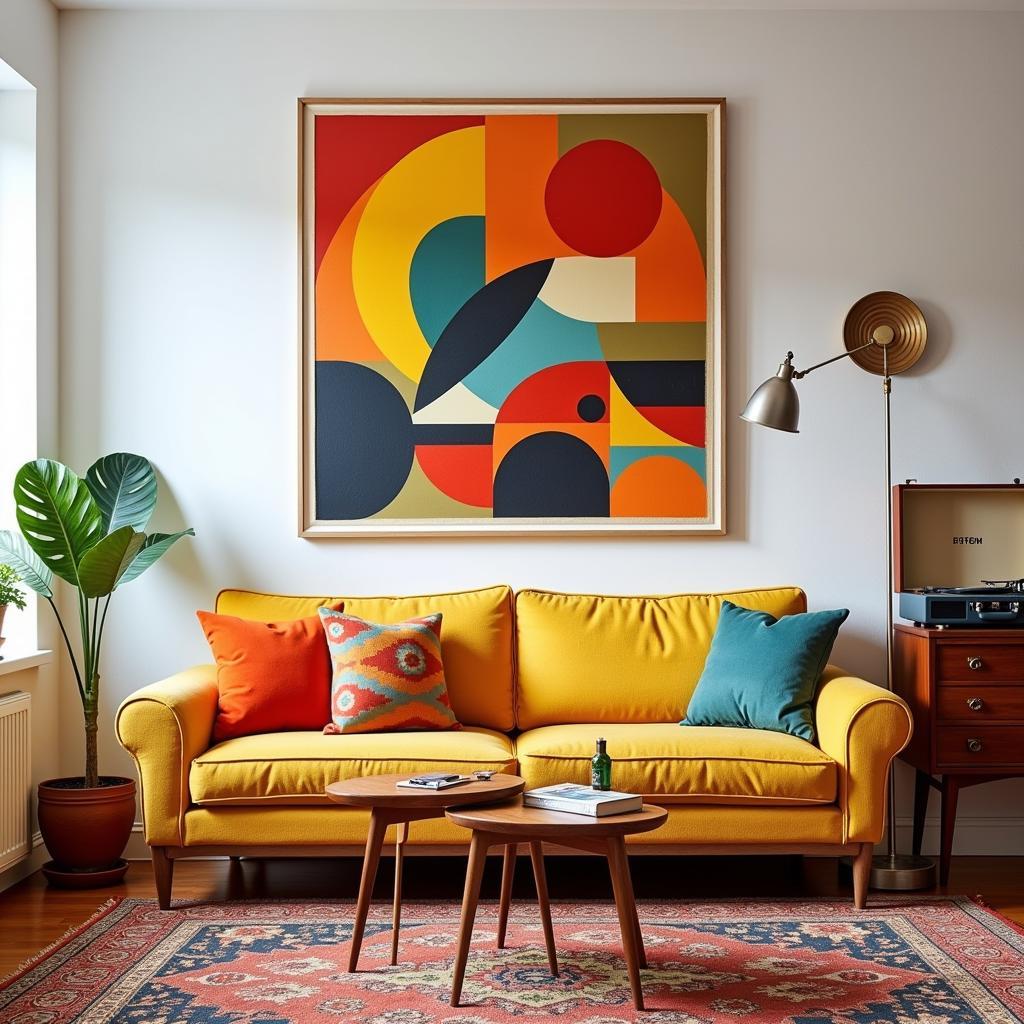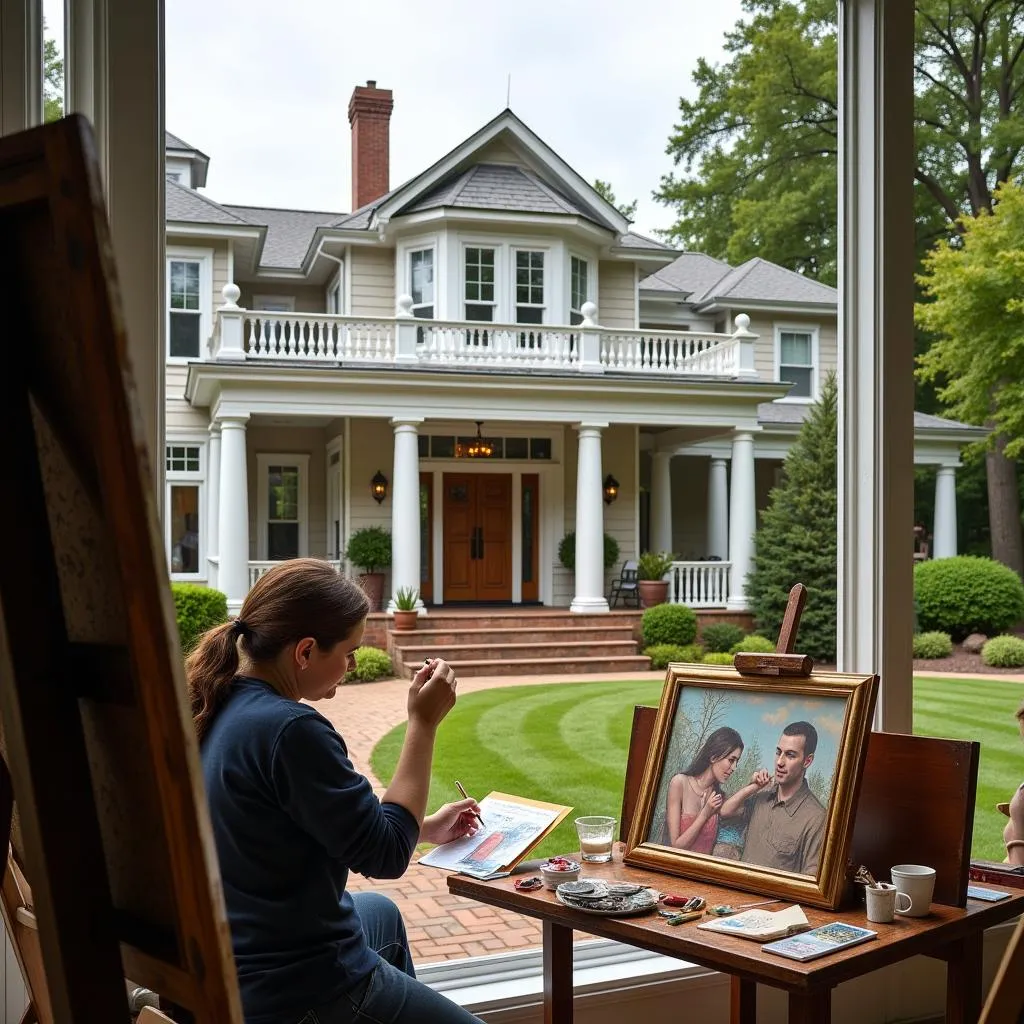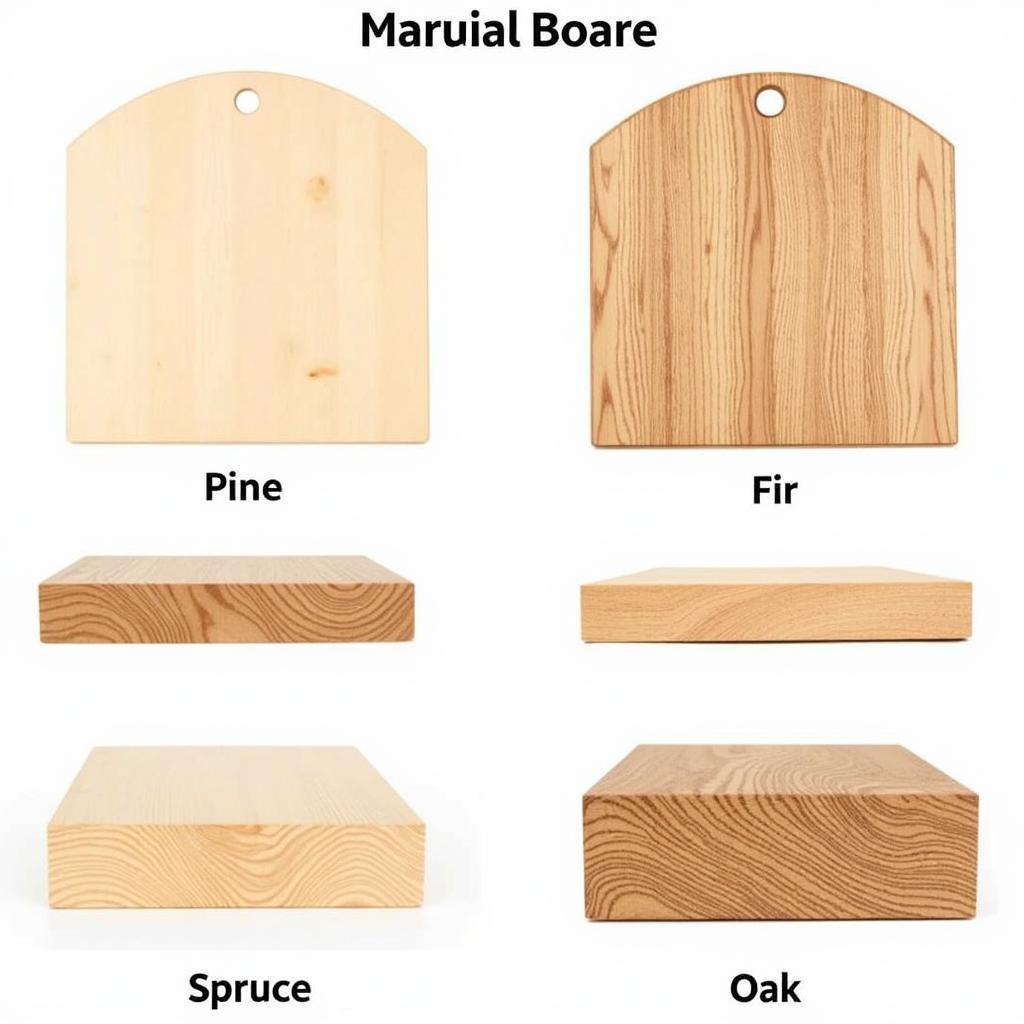Unveiling the Past: Your Comprehensive Art History Survey
Art History Survey courses offer a fascinating journey through time, exploring the evolution of artistic expression from ancient civilizations to the contemporary art world. Understanding this rich tapestry of human creativity not only enriches our appreciation of art but also provides valuable insights into cultures, societies, and the very essence of what it means to be human. This exploration provides a framework for understanding the diverse forms, styles, and movements that have shaped the visual landscape we experience today.
Why Take an Art History Survey?
Embarking on an art history survey is like stepping into a time machine. You’ll witness the birth of artistic traditions, the rise and fall of empires reflected in their art, and the revolutionary shifts in perspective that have redefined artistic expression throughout the ages.
From the majestic pyramids of Egypt to the intricate mosaics of Byzantium, each era unfolds with its unique narrative, revealing the interplay of artistic innovation and the socio-political context in which it flourished. Whether you’re an aspiring artist, a seasoned art enthusiast, or simply curious about the world around you, an art history survey provides an invaluable lens through which to interpret the visual legacy of humankind.
Key Periods in Art History Survey Courses
Most art history survey courses cover a range of key periods, each with its defining characteristics and influential figures. These periods offer a chronological roadmap, allowing you to trace the development of artistic styles and techniques across centuries and continents.
-
Ancient Art: Explore the art of ancient civilizations, including Egyptian, Greek, Roman, and Mesopotamian art. Discover the foundational principles of sculpture, architecture, and painting that laid the groundwork for later artistic movements.
-
Medieval Art: Delve into the art of the Middle Ages, including Byzantine, Romanesque, and Gothic art. Witness the profound influence of religion on artistic expression and the emergence of new architectural marvels like towering cathedrals.
-
Renaissance Art: Experience the rebirth of classical ideals in the Renaissance, marked by a renewed focus on humanism, realism, and perspective. Explore the works of masters like Leonardo da Vinci, Michelangelo, and Raphael.
-
Baroque Art: Immerse yourself in the drama and dynamism of Baroque art, characterized by its opulent ornamentation, intense emotionality, and dramatic use of light and shadow.
-
Modern Art: Witness the radical transformations of the modern era, from Impressionism and Post-Impressionism to Cubism, Surrealism, and Abstract Expressionism. Explore the groundbreaking innovations that challenged traditional artistic conventions and paved the way for contemporary art.
What Will I Learn in an Art History Survey?
An art history survey provides more than just a chronological overview of art movements. It equips you with essential skills in visual analysis, critical thinking, and cultural understanding. You’ll learn to:
- Analyze Artworks: Develop your ability to analyze artworks in terms of their formal elements, such as line, color, shape, and composition, as well as their historical and cultural context.
- Understand Art Historical Terminology: Become fluent in the language of art history, learning key terms and concepts that will enhance your ability to discuss and interpret artworks.
- Connect Art to its Historical Context: Gain a deeper understanding of how art reflects and shapes the social, political, and economic forces of its time.
- Appreciate Cultural Diversity: Explore the diverse artistic traditions of different cultures and time periods, fostering a broader appreciation for the richness of human creativity. contemporary art books can be a helpful resource.
How to Approach an Art History Survey
While an art history survey can be an intellectually stimulating experience, it can also feel overwhelming given the vast amount of information to absorb. Here are some tips to make the most of your learning journey:
- Active Engagement: Take detailed notes, participate in class discussions, and visit museums or galleries to experience artworks firsthand.
- Focus on Key Concepts: Identify the central themes and ideas of each period and focus on understanding the defining characteristics of major artistic movements.
- Practice Visual Analysis: Regularly practice analyzing artworks by describing their formal elements and interpreting their meaning in relation to their historical context. libros historia del arte can offer diverse insights.
FAQs about Art History Survey
- What is the purpose of an art history survey? To provide a broad overview of the history of art, covering major periods, movements, and artists.
- Is an art history survey difficult? Like any academic subject, it requires effort and dedication, but it can be a highly rewarding experience.
- How can I improve my understanding of art history? Active engagement, regular study, and visiting museums are key to deepening your understanding. wall art for churches can offer practical application of art history principles.
Conclusion: Embracing the Journey Through Art History
An art history survey is more than just a course—it’s an invitation to explore the vast and vibrant landscape of human creativity. By understanding the past, we gain a deeper appreciation for the present and a richer perspective on the future of art. This journey through time offers invaluable insights into the evolution of artistic expression, enriching our understanding of ourselves and the world around us. Consider an art class survey to find the right course for you. Valuable resources like books for art teachers can further enhance your learning.
For assistance, contact us at Phone: 02462573573, Email: danteum@gmail.com or visit us at Savico Megamall, 7-9 Đ. Nguyễn Văn Linh, Gia Thụy, Long Biên, Hà Nội 10000, Việt Nam. Our customer service team is available 24/7.



